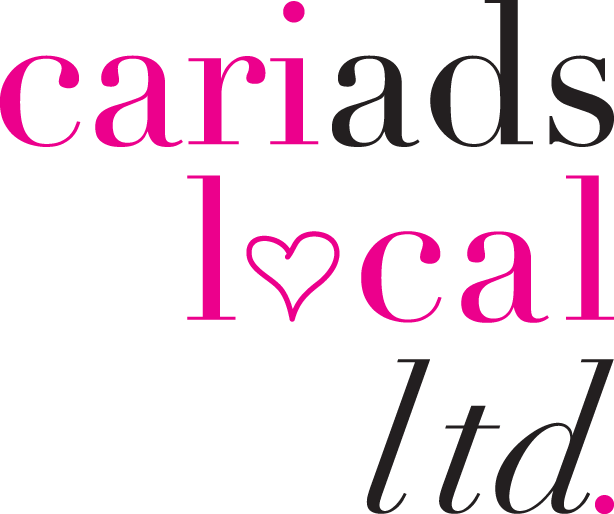Ludlow History: The Use of Compasses by Medieval Master-Masons
While the mathematics taught in most schools in medieval times was little more than simple arithmetic, the masons were using complex practical geometry in the design and construction of churches and cathedrals. The first book, Practica Geometriae, to be written on practical geometry was produced in the early 12th century by Hugh de St Victor (1096–1141). In it were descriptions of the techniques to be used to form the shapes needed in the construction of the buildings of the day. In order to achieve their designs, the use of compasses was essential.
For example, the construction of the arch is based on the use of curves drawn by compasses. The simplest of these is the Roman/Norman arch which is in the form of a semicircle with a centre at the midpoint of verticals from the base. A Gothic arch is formed by using two centres to draw a pair of intersecting arcs to form the head of the lancet.The centres of the arcs are outside the width of the base of the arch and intersect with the verticals from the base.
The floor plans of churches and cathedrals made great use of polygonal figures. The circle represents the divine and transcendent world, the equilateral triangle represents the Holy Trinity, the square represents the rational world and the octagon is thought to reflect the political and religious will of those in power. All the polygons could easily be constructed using compasses or dividers.
Teams of masons could be employed on a site for long periods of time, during which they could have been receiving a fixed salar y. However, if the building required particularly complex bits of carved stone to be made, the masons could be paid for each stone and in this case the stonemason would leave his mark on the stone in order to be paid for his work.
The medieval Guild of Masons regulated the practice of stonemasonry throughout Europe, training apprentices and setting standards for quality and safety. Given the importance of the compasses/ dividers it is hardly surprising that the masons incorporated an image of a pair of compasses in their emblem. The masons used what they called ‘free’ stone that was soft and perfect for use in creating detailed carvings.
So, the masons who carved ‘free’ stone became Freemasons and a pair of compasses/ dividers is to be found in their emblem. Article supplied by Kathy Cowell.
Image (top): Examples of English masons’ marks


